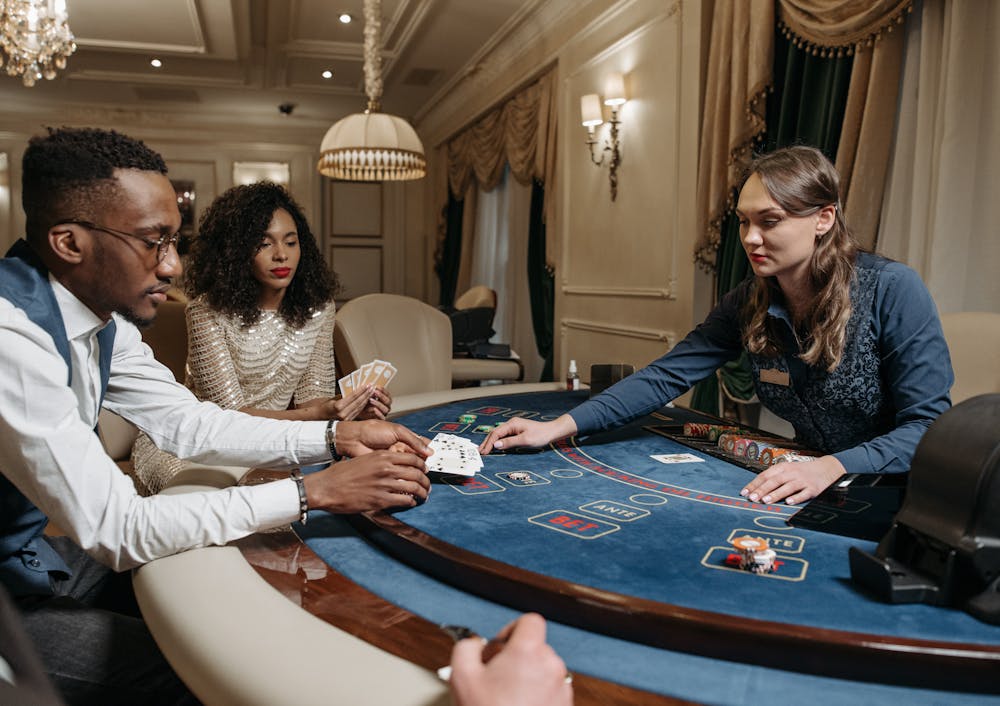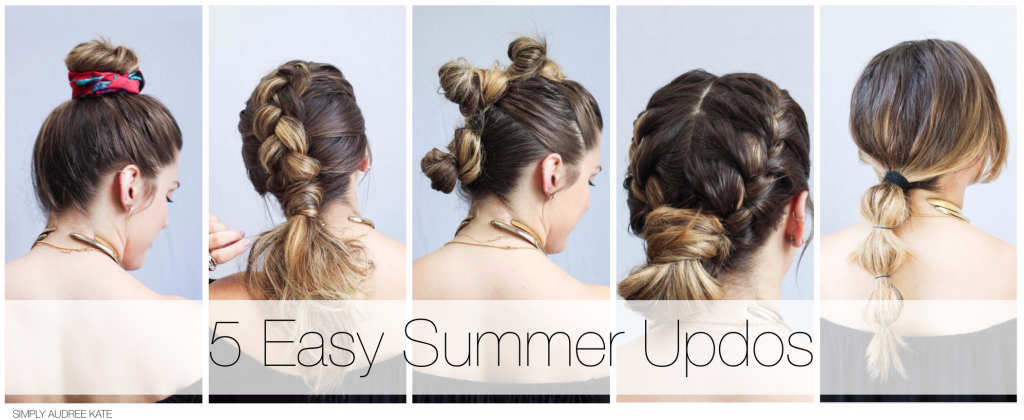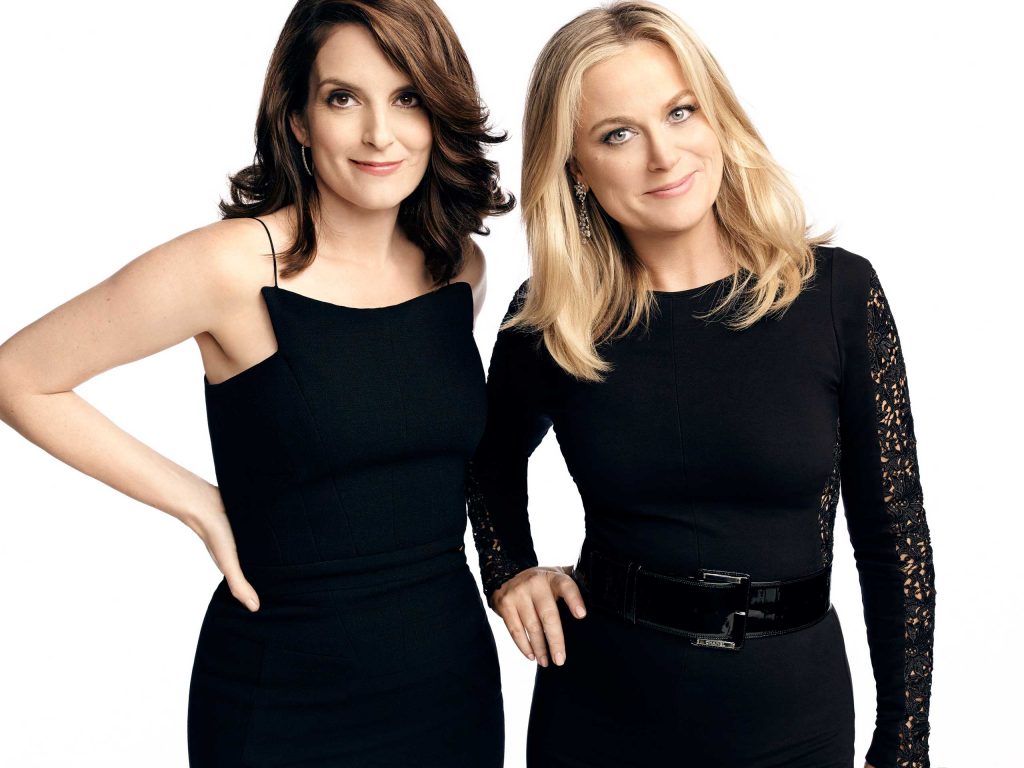Player outfits at televised poker final tables are no longer an afterthought. Clothing has become a part of a player’s identity, branding, and even strategy. Fashion now plays a big role in the sport.
Dressing the Part
Fashion can be part of the strategy or simply a personal habit. Some players walk in with designer suits or sharp outerwear. They know that camera angles and social media clips will capture it all. Others turn up in old jeans and vintage T-shirts. It’s not necessarily their intention to downplay themselves but because it’s what they always wear.
The difference in image, however, is hard to ignore. A player wearing a luxury watch and tailored jacket at the final table in a poker tournament might come off as dominant or experienced. Yet someone in a hoodie could appear unpredictable or less concerned with appearances.
A Clear Change
Many poker players wore hoodies, shades, and sports apparel during the early 2000s. These casual looks matched the low-pressure, private feel of online poker.
A few players started presenting themselves differently around 2010. Players like Marcel Luske and Daniel Negreanu began wearing tailored suits at final tables. Their move signaled a new attitude. Appearances mattered more when cameras were rolling.
This wasn’t limited to formality. Maria Ho brought sharp, statement outfits to the table. For her, style was also about presence in a male-heavy field. Phil Hellmuth’s choices leaned theatrical. He wore white suits, branded hats, and gold trim. These players weren’t dressing up for fun. They were building personas.
Fashion Becomes Strategy
Poker is a game of perception. Outfits play a role, too. A blazer might suggest discipline and a hoodie might hide intentions. Physically, items like sunglasses, hats, or headphones can help reduce exposed tells.
Daniel Negreanu once noted that his style choices, bright shirts, polished shoes, and fitted jackets, made him feel more prepared. He believed looking good helped him mentally lock in.
Likewise, accessories now double as tools and statements. Players show up in luxury watches and custom protectors. Others wear the same baseball cap every time. These habits build recognition and can throw off future opponents.
TV Tables and Player Image
Televised poker changed how players approach the game and how they dress. Attire was often a non-factor before cameras. Players grew more conscious of their image with hands broadcast and slow-replayed.
Phil Ivey, for example, opted for minimal styling and physical stillness. That added to his unreadable table presence. In contrast, Negreanu leaned into the camera, wearing expressive clothing and engaging in table talk. Both used their on-screen image as a strategy.
Chris Moneymaker’s 2003 World Series of Poker win is still remembered partly for his look of a simple T-shirt, cap, and non-designer shades. His everyday outfit made poker feel accessible. In 2006, Jamie Gold’s leather jacket and aviators made an edgy and confrontational impression.
Branding and Clothing
Fashion also means marketing for sponsored players. Apparel becomes advertising. Logos, hats, and visible labels represent deals with poker brands or other companies. Some players turn final tables into walking ad space while signaling personal taste or values.
Maria Ho’s outfits, for example, balance style with clarity. Her clothing helps her stand out but also functions as controlled branding. She has said that feeling strong in her attire helps her stay focused.
Accessories tell stories, too. Some players wear jewelry that holds meaning. Others wear signature hats or bracelets as lucky charms. These choices stick in opponents’ minds over time. That familiarity can become useful at future tables.
Style Moves Online
Poker hands are often clipped and shared on social media. Players post selfies before major events or show off their final table looks. These images reach followers far from the tournament floor.
Poker influencers often access both poker and non-poker audiences. They bring their flair, ranging from loud jackets to custom hoodies. The added attention isn’t random. Visibility is good for personal branding, sponsorships, and long-term recognition.
Fashion choices at televised poker final tables shape how players are seen and remembered. TV coverage and social media have turned style into a part of the game’s structure. Some use it for privacy, some for impact. But it’s clear that what a player wears can influence how opponents and audiences read them during the hand and long after the game ends.





